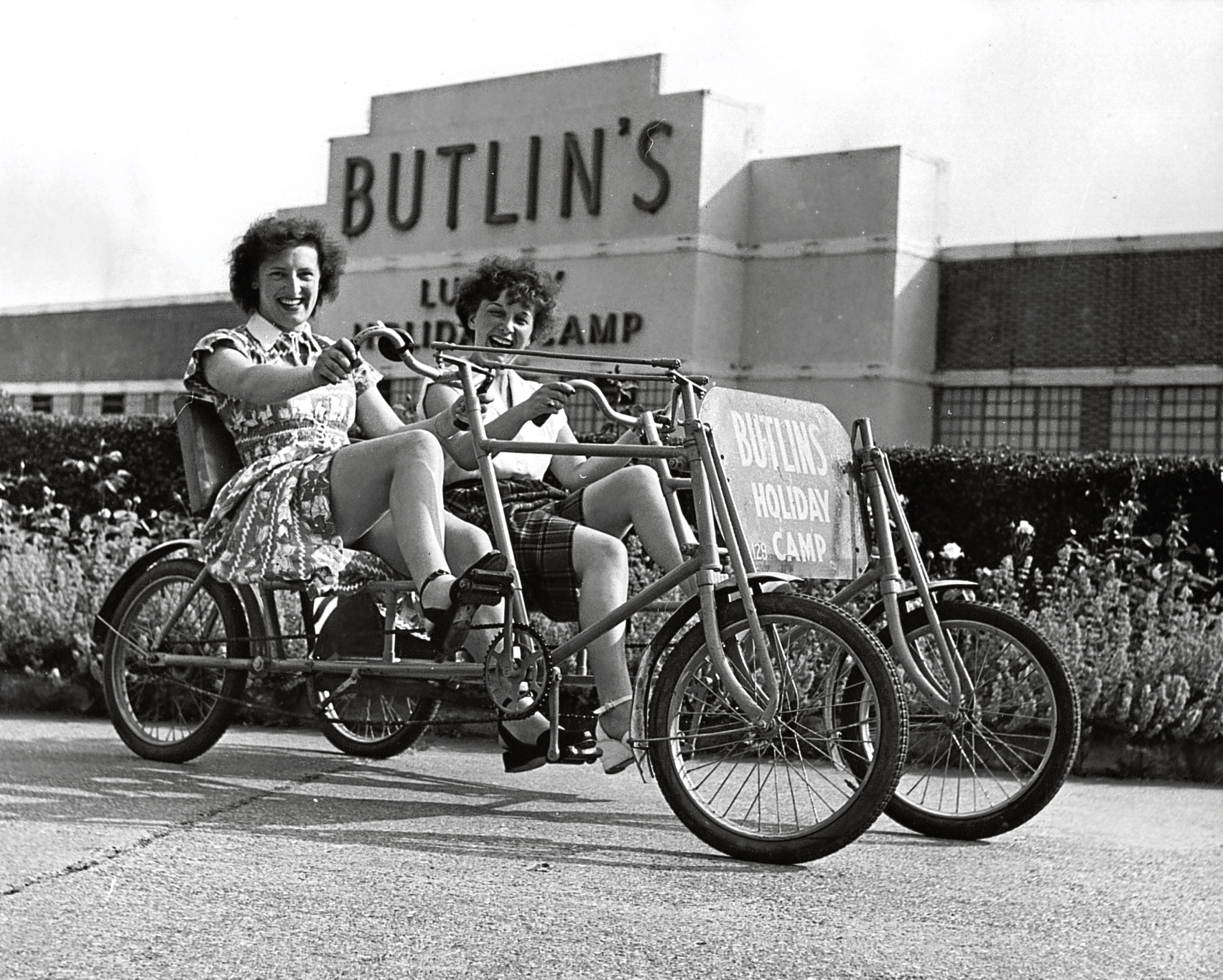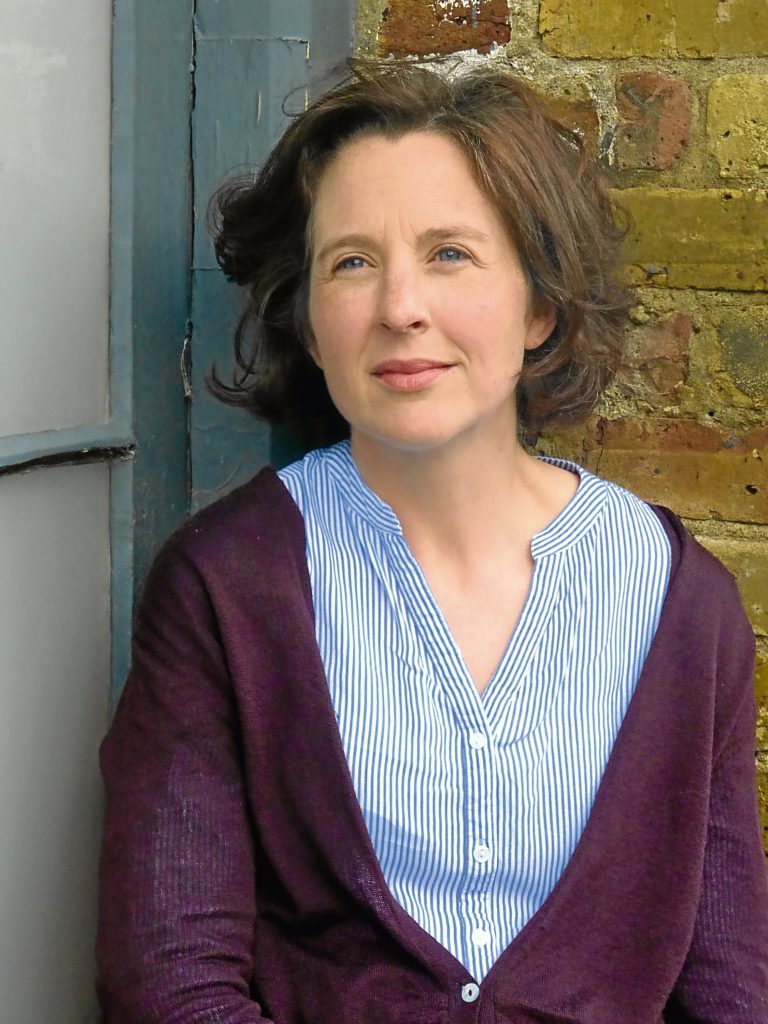
HOLIDAY staple Butlin’s has just celebrated its 80th birthday.
To mark the occasion, author and historian Kathryn Ferry has published new book The Nation’s Host: Butlin’s And The Story Of The British Seaside (Penguin). Kathryn tells Bill Gibb the Honest Truth about the old favourite.
Where was the first camp?
The first Butlin’s opened at Skegness in Lincolnshire, a place where Billy Butlin already had a very successful seaside amusement park.
In the 1930s, people got the right to paid holidays for the first time, sunbathing and camping became fashionable and holidaymakers were keen to get active.
Butlin didn’t invent the holiday camp concept but he capitalised on it to create huge sites that promised affordable luxury.
Was it an overnight success?
Almost as soon as it opened in 1936, the first season at Skegness was fully booked. Billy Butlin had built enough accommodation for 1000 campers but demand was so high that he just kept adding more chalets until by 1939 he could cater for 4500. The final number would be twice that.
The Clacton camp opened in 1938 followed by Filey, Ayr, Pwllheli and Mosney after the war.
What did it cost?
From the outset the price was pitched at the average weekly wage of people on a “middle income”. It wasn’t meant to be a cheap holiday but it was great value for money because everything was included in the upfront cost – accommodation, food, entertainment, sports and kids clubs. People were used to forking out for everything along the traditional seaside prom so it did feel really revolutionary.
What was Billy Butlin’s background?
In the 1920s Billy spent a wet week at Barry Island, at the mercy of a landlady who threw him out after every meal. This was typical but it was not an enjoyable way to spend a holiday.
While working as a teenager in Canada he enjoyed the outdoor activities of a lakeside summer camp and the camaraderie there inspired his vision for the nine Butlin’s holiday camps eventually built around the UK and Ireland.
Lots of stars began their careers at Butlin’s – when did this start?
By the 1940s Butlin’s could afford big name acts and their presence helped attract people trying to get into showbusiness.
Comedians like Des O’Connor, Jimmy Tarbuck and Roy Hudd were among those who learnt their trade as Redcoats.
Plenty of musicians played the Butlin’s bars too – lucky campers heard Julie Andrews, Cliff Richard and Ringo Starr before they were famous. Ringo was actually drumming in a band at Skegness in 1962 when he got the life-changing call to join The Beatles.
What about famous figures?
The roll-call of famous people who went to Butlin’s is really impressive. Gracie Fields sang to 10,000 adoring fans in Skegness 1938 and the Queen toured Pwllheli in 1963. When Ayr opened in 1947 Sir Harry Lauder cut the ribbon. There were sporting stars too – Red Rum met fans in a Pig And Whistle Bar and apparently enjoyed the experience!
When was the heyday and what about the decline?
After the war Butlin’s proved phenomenally popular and in 1962 reached a peak of one million visitors. Over the next few decades though, the British seaside fell from fashion and holidaymakers started jetting off to guaranteed foreign sunshine. Butlin’s adapted and weathered the difficult years by closing all but three of its resorts. These are benefiting from a huge reinvestment programme.
Anything that would surprise people?
So many couples met at Butlin’s that by 1963 about 200 a year invited Billy to their wedding! Though he couldn’t go he always sent a telegram.
Billy specified campers at Ayr were woken by the sound of bagpipes. Returning campers often took wire cutters to disconnect the chalet loudspeakers, but there was no escape from the pipers!

Enjoy the convenience of having The Sunday Post delivered as a digital ePaper straight to your smartphone, tablet or computer.
Subscribe for only £5.49 a month and enjoy all the benefits of the printed paper as a digital replica.
Subscribe